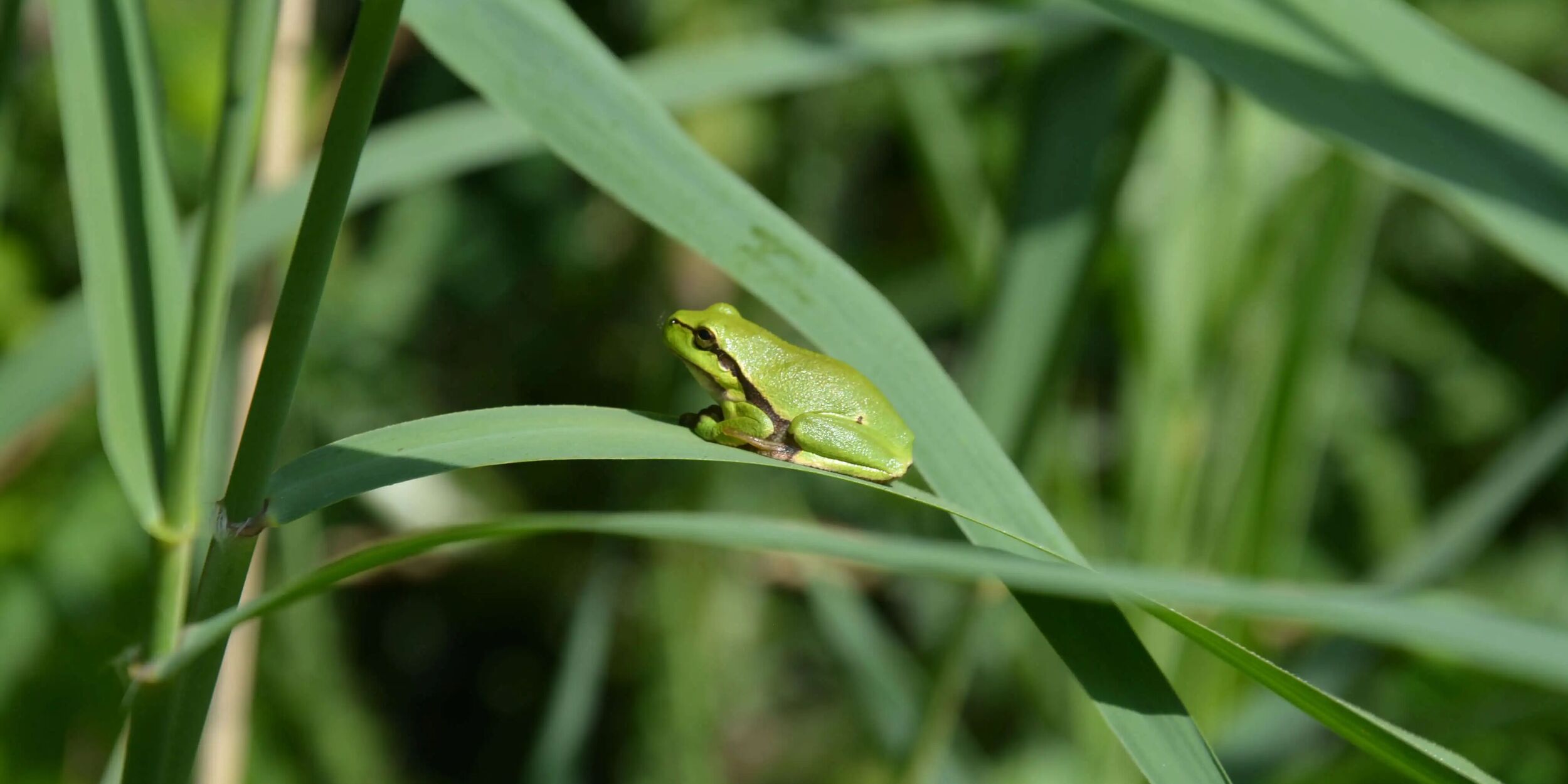Cross-border marsh
When walking through the Smeetshof, you literally cross borders. Together with the Wijfelterbroek, the Smeetshof once formed a cross-border marsh between Belgium and the Netherlands, which was extensively reclaimed and drained for agriculture between 1870 and 1960. In 2003, work began on restoring the marsh, and the Smeetshof nature conservation project created new marsh areas, pools, heathland and wet grasslands with scattered copses and wooded edges. On the Dutch side, Natuurmonumenten and Stichting Arc are currently working to further restore the marsh landscape and create a climate buffer. Nutrient-rich water polluted by agriculture is diverted around the area and natural water from precipitation and seepage is collected to form a buffer in times of drought. In this way, the Smeetshof and Wijfelterbroek are connected by a cross-border marsh.

Ancient grazers: The Tauros
The grasslands in the Wijfelterbroek are grazed by Exmoor Ponies and Taurosses for management purposes. With their long horns, the latter are an impressive sight in the misty Kempenbroek. The TaurOs is a breed of cattle that originated from a crossbreeding project with the ultimate goal of creating a breed that resembles our primeval cattle, the mother of all our cows, as closely as possible. Be sure to look out for these animals. You can usually find them along the yellow route at the Smeetshof. You may have to follow the Kettingdijkweg a little further north. Here you have a good chance of finding the animals on the right-hand side. Via a small connecting road towards Laurabossen through the meadows, you can sometimes get a little closer. In principle, you can stroll among the animals in the Wijfelterbroek, and although they look impressive, they are quite shy and will quickly move away. If they do not, make sure you keep a respectful distance, especially if there are calves around.
Flooded walking paths
Please note! Due to construction work on the Dutch side and the presence of several beaver families, part of the walking paths through the marshes in the southern part of the Smeetshof are no longer accessible. We recommend the yellow route, where this problem does not occur. On the contrary, Natuurpunt has raised the footpaths here slightly, making it easier to keep your feet dry in the marshy areas.
Restored grasslands
A short trip along the other side of the reserve is also worthwhile. (This is the side where the starting point at the historic Smeetshoeve farmstead from 1873 is located.) Here, Natuurpunt has accelerated the management of a number of meadows by excavating the heavily fertilised agricultural land and using it to improve accessibility elsewhere in the area. This has encouraged the rapid development of nutrient-poor grasslands with blackberry bushes and wooded edges, which form an ideal habitat for the red-backed shrike and tree frog. A historic fen has even been re-excavated for the latter.
If you would like to visit the Smeetshof, please contact us for the latest information on the walking trails. We expect Natuurpunt to improve accessibility even further in the future!



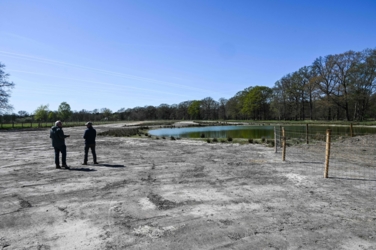 2025
2025 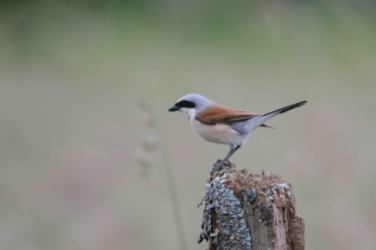 2024
2024 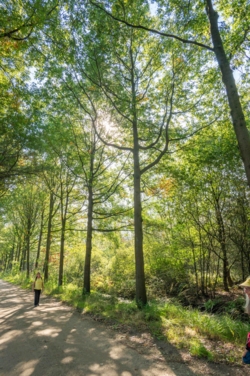 2024
2024 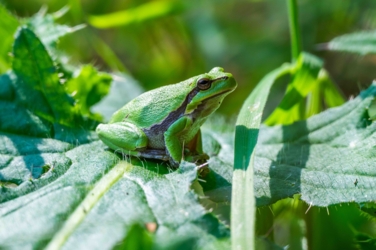 2024
2024 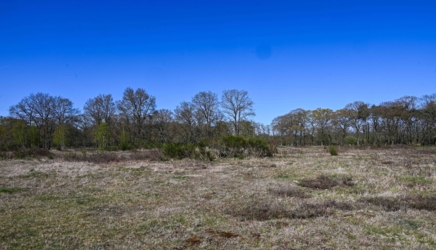 2025
2025 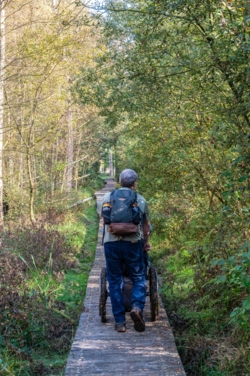 2024
2024 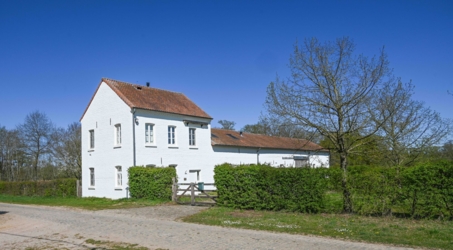 2025
2025 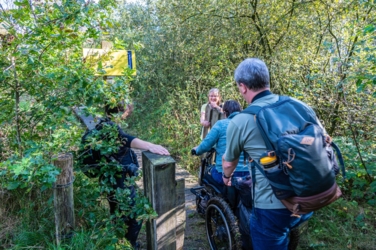 2024
2024 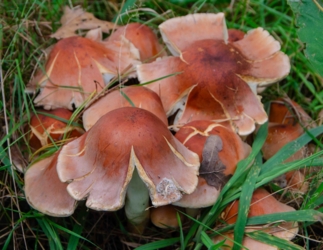 2023
2023 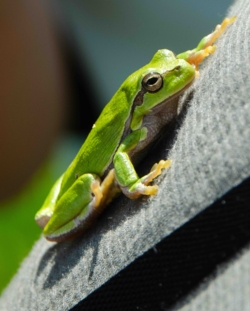 2023
2023 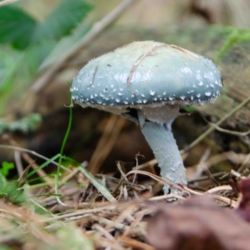 2023
2023 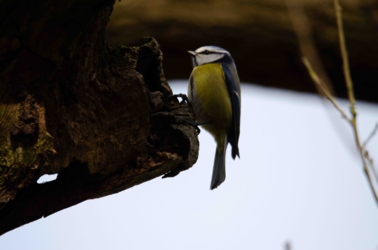 2022
2022 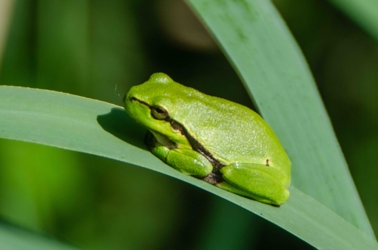 2022
2022 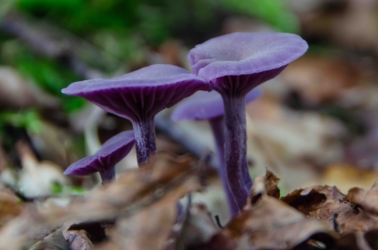 2023
2023 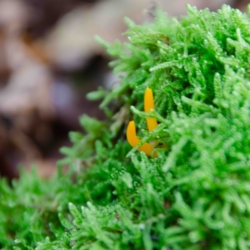 2023
2023 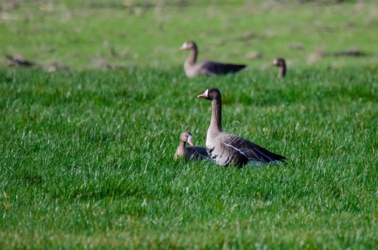 2022
2022  2022
2022 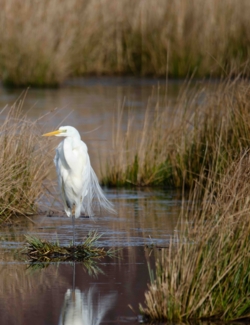 Smeetshof
Smeetshof 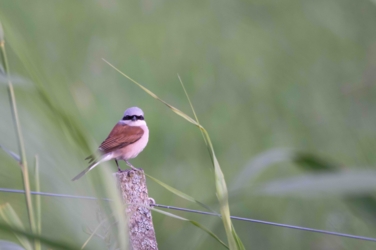 2024
2024 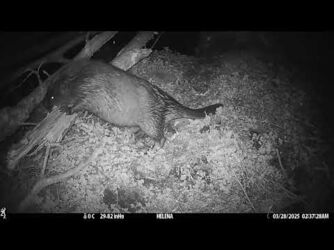
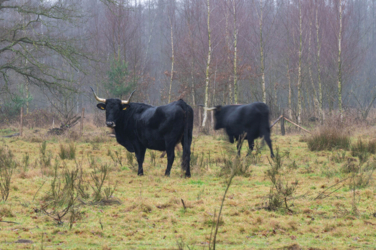 2024
2024  2023
2023 